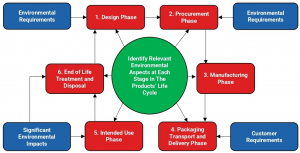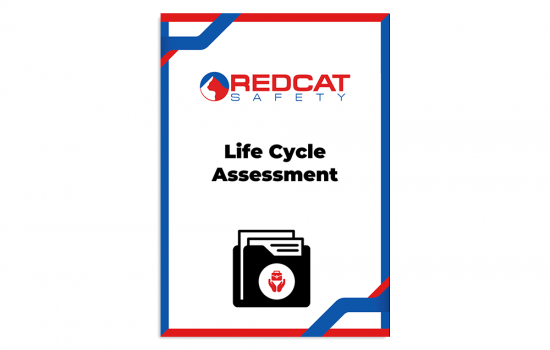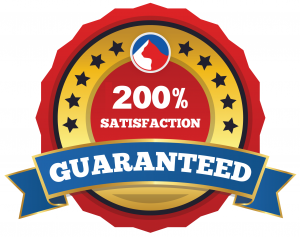What is a Life Cycle Assessment?
A life cycle assessment (LCA) is a systematic methodology used to evaluate the environmental impacts associated with the cycle of a product, process, or service throughout its entire life cycle, from the extraction of raw materials to its ultimate disposal.
A life cycle assessment considers the various stages of a product’s life cycle, including raw material extraction, manufacturing, distribution, use and end-of-life management such as recycling or disposal.
The purpose of conducting a life cycle assessment is to provide a comprehensive and quantitative analysis of the environmental burdens and impacts associated with a product or process.
It helps identify potential areas for improvement and guide decision-making towards more environmentally sustainable options, reducing global warming and carbon footprints.
How to Perform a Life Cycle Assessment
Performing a assessment involves several steps that can be broadly categorized into four main phases. Here is an overview of the process:
Goal and Scope Definition
Clearly define the purpose and objectives of the LCA study. Determine the intended application and the questions the life cycle inventory analysis aims to answer.
Define the functional unit, which represents the quantifiable performance of the product, process, or service being assessed. It serves as a basis for comparing alternative options.
Establish the system boundaries, including the life cycle stages to be included (e.g., raw material extraction, manufacturing, use, end-of-life) and any specific assumptions or exclusions.
Life Cycle Inventory (LCI)
Identify and collect data on the inputs (e.g., raw materials, energy, water) and outputs (e.g. emissions, waste) associated with each stage of the life cycle. This involves data collection and gathering information on the flows of materials and energy throughout the life cycle.
Determine the data sources, which can include primary data from measurements, secondary data from databases, or modeled data. Ensure data quality and reliability.
Calculate and compile the inventory data.
Life Cycle Impact Assessment
Evaluate the potential environmental impacts associated with the identified inputs and outputs. This step involves selecting impact categories and characterization models that represent various environmental concerns (e.g. climate change, resource depletion, air pollution).
Apply the selected characterization models to the inventory data to quantify the potential impacts in each category. This process can involve normalization (scaling the impact scores) and weighting (assigning relative importance to different impacts).
Interpretation
Evaluating the life cycle impact assessment (LCIA) to draw meaningful conclusions and recommendations. Identify the hotspots or stages with the highest environmental impacts and potential areas for improvement. Consider the limitations and uncertainties of the assessment, including data quality, assumptions, and boundaries.
Compare alternative scenarios or options to inform decision-making. Assess the environmental trade-offs between different choices and identify strategies for reducing impacts.
Communicate the findings effectively to stakeholders, using appropriate visualizations and reports.
It’s worth noting that performing a comprehensive LCA can be complex and resource intensive. Often, organizations engage LCA experts or consultants to ensure a rigorous and accurate assessment.

What is Included in this Life Cycle Assessment?
This assessment template has provisions for the following aspects to undertake a life cycle assessment of business activities inclusive of:
- Life Cycle Stage.
- Business Activity.
- Aspects.
- Impacts
- Control or Influence.
- Risks.
- Opportunities.
- Operation Controls.
Why Become a Member of Redcat Safety and Download this Life Cycle Assessment?
This 2-page assessment can assist you in gaining an understanding of the relevant stages of a product or service system, from raw material acquisition or generation from natural resources to final disposal.
After downloading this assessment, you will be able to:
- Very easily edit and customize the template to create your own life cycle assessment.
- Apply your own style, format and brand to the assessment.
- Use it in any industry or sector regardless of size or type of organization.
Availability and Use of this Life Cycle Assessment
- This assessment template is accessible to you right now by clicking the ‘Become a Member Now’ button.
- The template will be delivered to you in fully editable Microsoft Word format for immediate and full use in your business.
- There are no membership auto-renewals, contracts or ongoing costs.
If you can find HSEQ resources that are of better value than what your Redcat Safety Membership offers, we will REFUND YOU double the cost of your membership.


